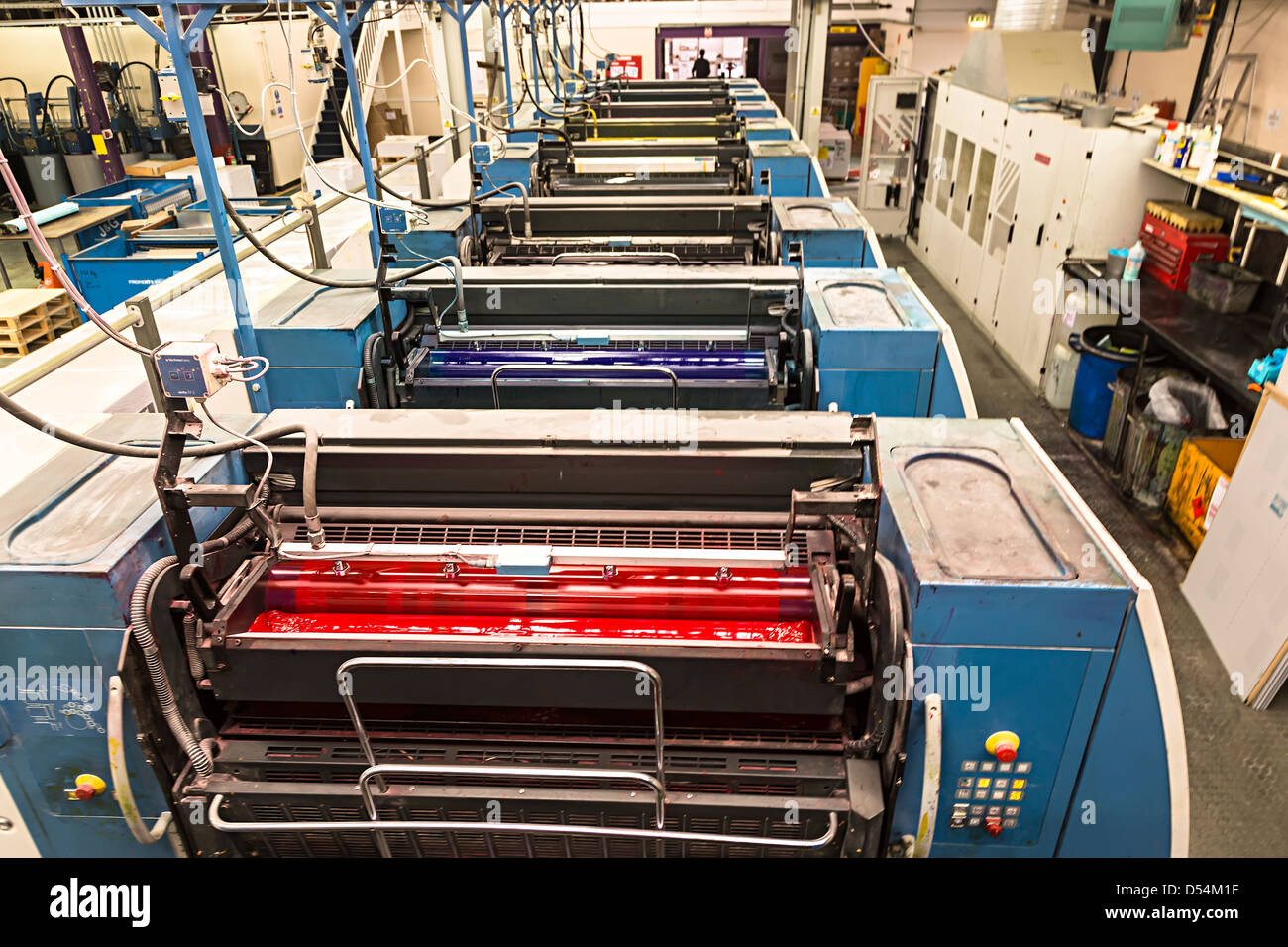A Complete Guide About litho printing
A Complete Guide About litho printing
Blog Article
A Comprehensive Overview to Recognizing Litho Printing Strategies
The globe of litho printing, a strategy originating from the late 18th century, is an interesting mix of background, art, technology and science. Keep with us as we trip into the fascinating world of litho printing.
The Historical Development of Litho Printing
The historic trajectory of litho printing, a critical advancement in the world of communication, is a captivating story of human resourcefulness. Birthed in the late 18th century by Alois Senefelder, this method was initially an affordable approach of releasing theatrical jobs. Lithography, derived from the Greek words for 'stone' and 'to create', used a smooth stone surface to move pictures onto paper. The procedure progressed with the introduction of the rotary press, which greatly increased performance (litho printing). In the 20th century, the development of balanced out lithography transformed the market, permitting mass production of high-quality prints. Each phase of litho printing's advancement showcases humanity's relentless quest of efficiency and quality in visual communication.
Deciphering the Scientific Research Behind Litho Printing Inks
Progressing in the exploration of litho printing techniques, the emphasis now shifts to the science behind litho printing inks. The structure of these inks, their drying out procedure, and color mixing methods form the foundation of this intricate art type. Understanding these components is important to grasping the craft and attaining the desired print outcomes.
Make-up of Litho Inks
In lithographic printing, the fundamental duty of litho inks can not be overemphasized. The composition of litho inks varies depending on its objective, however typically, they contain 2 primary components - vehicles and pigments. Pigments, the color-providing components, are finely ground fragments put on hold in the car, a liquid that lugs the pigment onto the printing surface. The automobile is a complex blend of materials, oils, and solvents, which affect the ink's drying time, adhesion, and gloss. Furthermore, various additives exist to boost specific buildings like flow, drying out, and resistance to ecological results. Each element plays a vital component in the final print's quality, making the accurate formula of litho inks a detailed scientific research.
Ink Drying Process
From the structure of litho inks, attention transforms to the fascinating process of ink drying out. 2 primary methods are utilized in litho printing: oxidative drying and absorption. Absorption, on the various other hand, involves the ink leaking right into the paper fibers, which is a quicker process yet can lead to less vibrant shades.
Shade Combining Strategies
While the drying process plays a vital function in litho printing, the scientific research of color blending methods holds equivalent relevance. The science behind litho printing inks additionally takes right into account the openness of the ink, which impacts just how shades overlay and mix.
The Art and Layout Components in Litho Printing
Litho printing takes a breath life into art and design via its unique components. The process entails developing a picture on a lithographic sedimentary rock plate or metal plate with a smooth surface area. The image is then published onto a tool, usually paper, by moving the ink from the plate. What sets litho publishing apart is its capability to duplicate intricate styles with high fidelity, making the result almost similar to the original art work. This is accomplished with making use of different line techniques such as stippling, cross-hatching, and hatching, which permit a series of tonal results. Litho printing suits a range of colors, allowing artists to develop vivid and dynamic prints. This combination of accuracy and adaptability makes litho printing a favored choice for lots of musicians and designers.
Modern Applications of Litho Printing Strategies
Litho printing techniques have discovered comprehensive use in the visit the site modern business market. Its influence and importance remain to grow with the advent of new advancements and technologies in the field. This section will explore these contemporary applications and the transformative role they play in the printing sector.
Industrial Litho Printing Uses
Litho printing continues to be a crucial part of the business sector. High-volume printing tasks, such as the production of books, newspapers, and packaging, depend on litho printing for its capability to supply superior picture quality and price performance. Litho printing likewise provides a wide color spectrum, superior to that of electronic printing.
Developments in Litho Printing
Pressing the borders of traditional strategies, contemporary advancements have sustained a host of advancements in litho printing. One popular advancement is electronic litho printing, which incorporates the merits of electronic technology with litho's top notch result. These advancements underscore the long-lasting relevance of litho printing in the modern-day world.
Checking out the Refine of Litho Printing: Action by Action

Obstacles and Solutions in Contemporary Litho Printing

Regardless of the accuracy and tradition that litho printing happily supports, it is not without its set of contemporary difficulties. One of the most common concerns consist of the high preliminary setup cost, problem in printing variable information, and ecological problems because of chemical use. Remedies are arising as technology evolves. Digital litho printing permits economical short runs and very easy modification, addressing the concern of variable information. Environmentally-friendly inks and more secure plate-making procedures alleviate ecological concerns. Furthermore, advancements in automation have decreased labor expenses, better democratizing the lithography process. Hence, while there are obstacles, the litho printing market is proactively adapting to meet them head-on, ensuring its significance in the future.
Verdict
To conclude, litho printing, with its rich history and scientific intricacies, holds a considerable area in the print sector. As the guide exposes, it's a synthesis of art and innovation, with modern improvements ensuring its relevance. Nevertheless, the industry faces difficulties that need ingenious services, with an emphasis on automation and sustainability. The future of litho printing pivots on its capability to adapt to these transforming needs, affirming its long-lasting use this link value in an evolving market.

Report this page